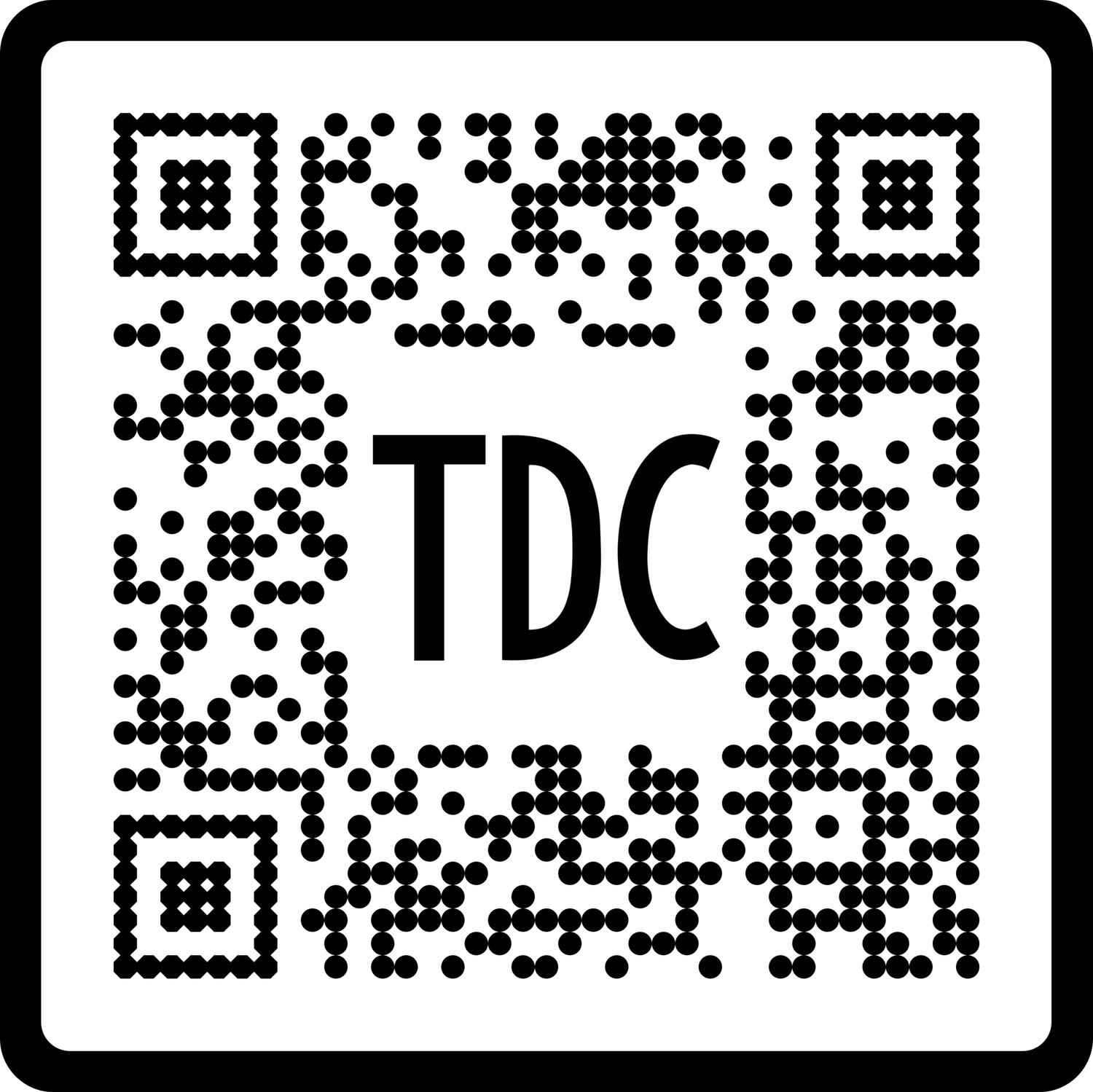The Pitfalls of Setting Unrealistic Marketing Goals
Why do so many organizations not set Marketing goals? And if they do set goals…why do they often times fall into the trap of setting completely unrealistic goals that may not be achievable? Last question…what can organizations do to avoid this all-too-common path?
First, let’s identify the most common Marketing goal-setting mistakes that lead to setting unrealistic goals.
Not defining “Victory” from the Start
Confusing Values with Priorities
Not drawing a line from today’s goals back to overall Brand strategy
Not assembling an internal Marketing Team and giving them autonomy to make decisions
Let’s start with Victory
Would you ever go into battle without knowing the ideal outcome of the engagement? Then why would you hire a professional Marketing service without knowing what your ‘North Star’ is? What exactly are you fighting for and what are you fighting against? If you don’t know the answer to those questions, you cannot win.
This happens All. The. Time.
Is it Brand Awareness? New client acquisition? Strengthening existing client relationships? Widening the competitive moat? Educating your audience? Creating distance between you and your competitors? Pushing against category-specific headwinds? The list goes on and on. The point is that if an organization doesn’t know why they are engaging in Marketing and haven’t defined what a ‘win’ looks like, it’s impossible to set realistic goals.
Values vs Priorities
This is Strategy vs Tactics, plain and simple. Not knowing the difference manifests itself as an organization misidentifying every interest as a Value, when instead it’s more likely to be a collection of Priorities. What does that look like in real life? It means an organization wants to do “A” in the beginning of the month, “B” by the middle of the month, and “C” by the end of the month. While it’s true that Marketers must be flexible when it comes to shifting Priorities, it’s our responsibility to remind clients that they hire great Marketers to not only help them with the Priorities (Tactics), but also their Values (Strategy).
Essentially, if we allow clients to jump from “A” to “B” to “C” without advising them to focus, then we are actually letting them down in the long-run. We might feel great that we can keep up with their evolving needs, but all we’re doing is letting them revert to their old habits, which is why they likely hired us in the first place - to fix their approach to Marketing.
If we confuse Values and Priorities, we cannot set manageable goals.
Supporting the Brand
When setting goals, it’s pretty easy to throw many ideas at the wall to see what sticks. And that sounds appealing to some, but it’s actually a nightmare for us in Marketing. We aren’t super interested in the ‘guess and check’ method of elevating a Brand. That’s the wrong way to go. We like autonomy to try new ideas (more on that later) but we actually have a calculated approach to building a Brand.
We will occasionally get pushed to create as many goals as possible, as if simply adding more to the plate will increase our productivity. That’s not how it works.
Goals must be tied back to an organization’s Positioning, which forces us to focus. See a theme developing? When our goals lack a tie-back to our Positioning, we once again ‘keep busy’ without really covering ground. It’s another way Marketing can go sideways, yet appear to the outsider that we’re ‘doing our part’. But here’s how it all ends: the client once again doesn’t get what they need.
Assemble a “Kitchen Cabinet”
Multiple engaged and qualified voices HELP Marketing an organization. When it comes to assembling a group, these are the two most common red flags we encounter:
The “singular leader of an organization taking-on Marketing solo”
The “10-person Marketing committee who isn’t engaged, qualified, or even that interested in building a Brand”
Both of these seem to be the foundation for the first three big mistakes listed above. A “Kitchen Cabinet” of engaged and qualified stakeholders is a core component to getting a diverse set of opinions that are firmly rooted in the organization’s Values. Both unchallenged leaders and very large ‘group-think teams’ lead to not staying focused, bouncing around from one Priority to another, and ultimately setting unrealistic goals.
What does ChatGPT say?
Oh, and because it’s 2023, let’s bring AI into this. When you prompt ChatGPT with “What are some guidelines for setting realistic goals?”…the response is a list below.
Be specific: Clearly define your goal. Instead of a vague goal like "exercise more," specify a target such as "exercise for 30 minutes, three times a week."
Make them measurable: Set goals that can be measured objectively. For example, instead of saying "read more books," aim to "read one book per month."
Set achievable goals: Consider your abilities, resources, and time constraints. Set goals that are challenging but still attainable within a reasonable timeframe.
Break them down: Divide larger goals into smaller, manageable tasks or milestones. This allows you to track progress and stay motivated.
Set a timeline: Establish a realistic timeline for each goal. Having a deadline creates a sense of urgency and helps you stay focused.
Prioritize goals: Determine the importance and relevance of each goal. Focus on a few key goals at a time to avoid feeling overwhelmed.
Consider potential obstacles: Identify potential challenges and obstacles that may arise. Plan strategies to overcome them and stay on track.
Be flexible: Remain open to adjusting your goals as circumstances change. Sometimes unexpected factors may require you to modify your plans.
Track progress: Regularly monitor your progress towards your goals. Celebrate milestones and make adjustments if necessary.
Stay motivated: Maintain your motivation by reminding yourself of the benefits and rewards associated with achieving your goals. Seek support from friends, family, or mentors when needed.
Recap
Avoid the stuff at the top and do what ChatGPT says.






